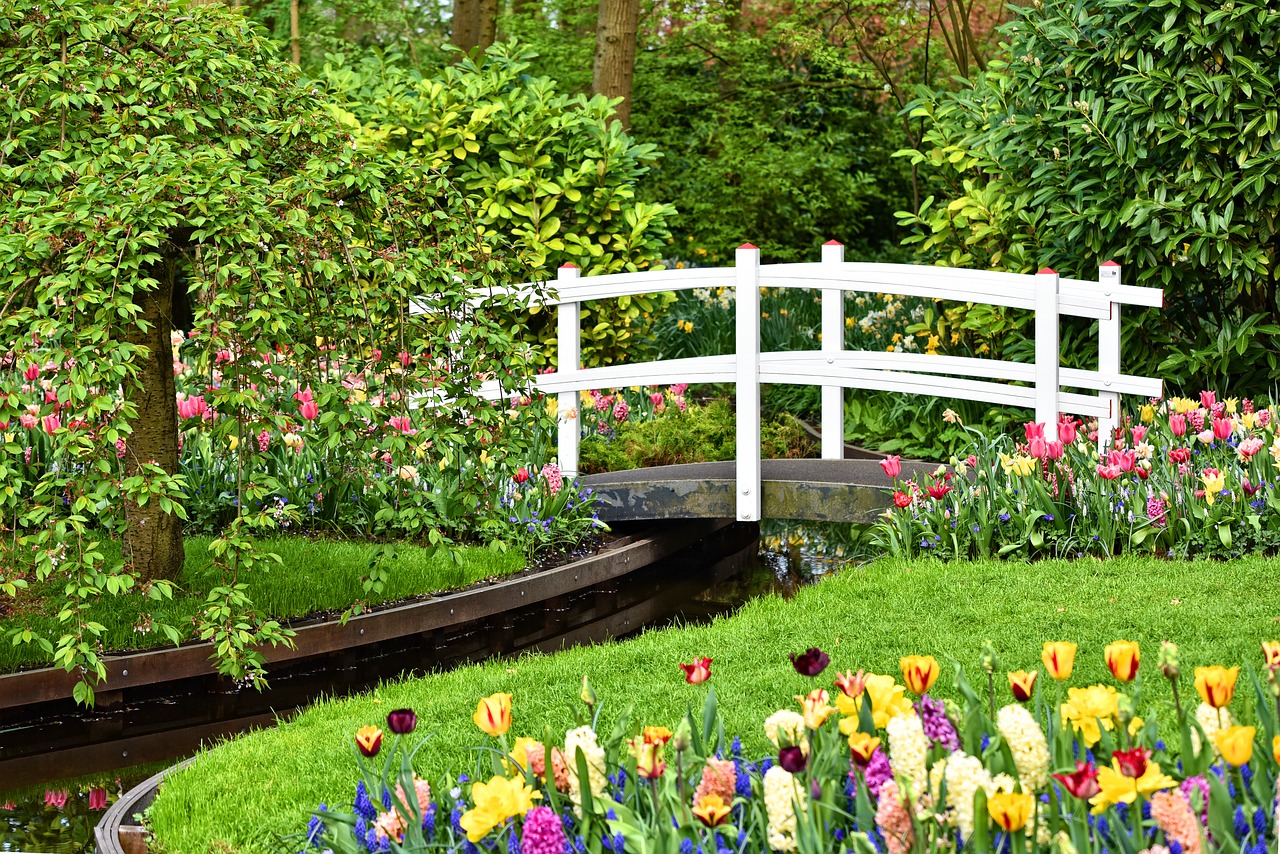
Greening Senior Living: Promoting Sustainability on World Environment Day
As the world grapples with environmental challenges, there’s a growing urgency to adopt sustainable practices across all aspects of life. One area that often goes overlooked is senior living communities. However, with an aging population and increasing environmental concerns, the importance of greening senior living spaces cannot be overstated. On World Environment Day, let’s delve into the significance of promoting sustainability in senior living and explore some actionable strategies.
Understanding the Need for Green Senior Living
Senior living communities have unique requirements due to the age and health conditions of their residents. However, these communities also have significant environmental footprints, from energy consumption to waste generation. Embracing sustainability in senior living is crucial for several reasons:
1. Health Benefits: Green environments have been linked to improved physical and mental health outcomes. For seniors, access to green spaces can enhance well-being, reduce stress, and promote social interaction.
2. Resource Conservation: By implementing eco-friendly practices, senior living communities can conserve resources such as water and energy, reducing operating costs and environmental impact.
3. Climate Resilience: Sustainable practices contribute to climate resilience by minimizing carbon emissions and mitigating the effects of climate change, ensuring a safer and healthier future for seniors.
4. Community Engagement: Green initiatives foster a sense of community and purpose among residents, staff, and stakeholders, leading to a more vibrant and connected senior living environment.
Key Strategies for Green Senior Living
1. Energy Efficiency: Implementing energy-efficient technologies and practices can significantly reduce energy consumption in senior living communities. This includes upgrading lighting fixtures to LED bulbs, installing programmable thermostats, and investing in energy-efficient appliances.
2. Renewable Energy: Transitioning to renewable energy sources such as solar or wind power can further reduce reliance on fossil fuels and lower carbon emissions. Installing solar panels on rooftops or sourcing renewable energy from local providers are viable options for senior living communities.
3. Water Conservation: Conserving water is essential in senior living communities, where residents may have specific needs for hydration and sanitation. Installing low-flow fixtures, implementing water recycling systems, and promoting water-saving habits among residents and staff can help minimize water waste.
4. Waste Management: Adopting comprehensive waste management practices, including recycling, composting, and waste reduction initiatives, can divert waste from landfills and promote a circular economy. Educating residents and staff about proper waste sorting and disposal is critical for the success of these efforts.
5. Green Spaces: Designing and maintaining green spaces within senior living communities can enhance residents’ quality of life and connection to nature. Incorporating gardens, walking paths, and communal outdoor areas not only provides recreational opportunities but also supports biodiversity and ecosystem health.
6. Sustainable Transportation: Encouraging sustainable transportation options such as walking, cycling, or using public transit can reduce carbon emissions and promote active aging. Providing access to transportation services for residents who require assistance can also enhance mobility and independence.
7. Community Partnerships: Collaborating with local businesses, organizations, and government agencies can amplify the impact of green initiatives in senior living communities. Partnerships for environmental education, resource sharing, and advocacy can foster a culture of sustainability and resilience.
Challenges and Opportunities
While the benefits of greening senior living are clear, there are also challenges to overcome. Limited financial resources, regulatory constraints, and resistance to change can pose barriers to implementing sustainable practices. However, these challenges present opportunities for innovation, collaboration, and community engagement.
By prioritizing sustainability in senior living, we not only create healthier and more resilient environments for older adults but also contribute to the broader goal of building a sustainable future for generations to come. On World Environment Day and every day, let’s commit to greening senior living and fostering a more sustainable and inclusive society.

